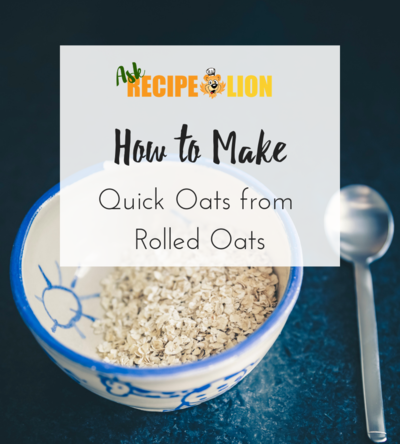How to Use Ghee
What is ghee, and what are the uses for it?

If you're like most Americans, you may have never even heard the word "ghee" before, let alone know anything about the uses for ghee. You may know it as the odd, chunky-looking yellow material you can find in jars in the Indian aisle of your local supermarket, or maybe you've heard mentions of using ghee in your coffee or using ghee instead of butter. So what else is there to know about ghee?
As it turns out, there are a number of advantages of ghee over butter, and even if you're not a fan of Indian cuisine, you can apply these to your own cooking and see a huge difference. You can even make ghee at home!
This is our comprehensive cooking guide on all things ghee. Read on to learn how to use ghee instead of butter, how to make ghee, and to find out about ghee vs. butter. It may just turn out that ghee is the right choice for you and your family.
What Is Ghee?
Ghee is an Indian-style clarified butter. So that may raise the question, what is clarified butter?
When unsalted butter is gently boiled, the result is twofold: first, there is the golden liquid we know as melted butter, but second, there are milk solids which drift to the bottom of the pan. The foam on the surface of the liquid and the milk solids are removed, leaving only the golden liquid, which can be refrigerated or frozen. This is clarified butter.
Usually the cooking process stops after the milk solids have separated from the melted butter, but ghee is boiled until all the moisture has evaporated and the mixture has browned. The resulting ghee butter can be refrigerated for 6 months or frozen for up to a year.

Ghee vs. Butter
What is the difference between ghee and butter? First of all, the extra boiling that ghee goes through alters the taste slightly. While regular butter has a far bolder flavor, ghee boasts a browned, nutty aroma and flavor.
However, the biggest ghee advantage when compared to butter is that ghee has a higher smoke point. One of the reasons why olive oil is used for oven roasting instead of normal butter is that normal butter burns much more quickly, because it has a smoke point of 350 degrees Fahrenheit. However, ghee has a smoke point of 375 degrees Fahrenheit. This makes it a much sturdier butter, ideal for sauteeing and frying.
Additionally, another ghee advantage is that ghee is much easier to digest for lactose-sensitive individuals. Because so much of the milk solids have been skimmed out or boiled away, it is much kinder to the stomachs of people with lactose intolerances.

How to Use Ghee
This is the important question! So you've picked up a big, yummy jar of ghee from the store -- now what do you do with it? There are many incredible uses for ghee, but a couple of them include:
- Using it as your primary fat for sauteeing
- Spreading it on toast, bagels, and muffins
- Melting it over steamed vegetables
- Substituting it for cooking oil in any recipe
- Substituting it for coconut oil or palm oil in baking
- Drizzling it over vegetables before roasting or grilling
- Putting a teaspoon in your coffee for a creamy, smooth finish

How to Make Ghee
Lastly, it's much easier to learn how to make ghee at home that you would have ever thought! All that you need to make this creamy, rich "liquid gold" is 30 minutes and 1 pound of unsalted butter.
In a small and sturdy saucepan, melt your unsalted butter over medium-high heat. Once the butter has come to a robust boil, turn the heat down to medium-low and skim off the white foam whenever it arises (you may have to tip the pan.) Continue this process until only clear, golden liquid is left.
Voila! Put the ghee in a jar and chill it. Now you have your own homemade ghee!
What are your favorite things to spread butter on? Let us know in the comments!















